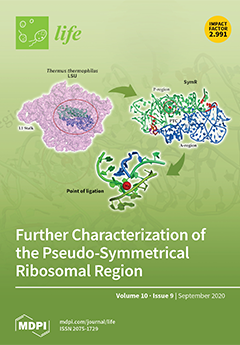We sought to validate the BDII/Han rat model as a model for diet-induced obesity in endometrial cancer (EC) and determine if transcriptomic changes induced by a high fat diet (HFD) in an EC rat model can be used to identify novel biomarkers in human EC. Nineteen BDII/Han rats were included. Group A (
n = 7) were given ad lib access to a normal calorie, normal chow diet (NCD) while Group B (
n = 12) were given ad lib access to a calorie rich HFD for 15 months. RNAseq was performed on endometrial tumours from both groups. The top-ranking differentially expressed genes (DEGs) were examined in the human EC using The Cancer Genome Atlas (TCGA) to assess if the BDII/Han rat model is an appropriate model for human obesity-induced carcinogenesis. Weight gain in HFD rats was double the weight gain of NCD rats (50 g vs. 25 g). The incidence of cancer was similar in both groups (4/7—57% vs. 4/12—33%;
p = 0.37). All tumours were equivalent to a Stage 1A, Grade 2 human endometrioid carcinoma. A total of 368 DEGs were identified between the tumours in the HFD group compared to the NCD group. We identified two upstream regulators of the DEGs,
mir-33 and
Brd4, and a pathway analysis identified downstream enrichment of the colorectal cancer metastasis and ovarian cancer metastasis pathways. Top-ranking DEGs included
Tex14, A2M, Hmgcs2, Adamts5, Pdk4, Crabp2, Capn12, Npw, Idi1 and
Gpt. A2M expression was decreased in HFD tumours. Consistent with these findings, we found a significant negative correlation between
A2M mRNA expression levels and BMI in the TCGA cohort (Spearman’s Rho = −0.263,
p < 0.001).
A2M expression was associated with improved overall survival (HR = 0.45, 95% CI 0.23–0.9,
p = 0.024).
Crabp2 expression was increased in HFD tumours. In human EC,
CRABP2 expression was associated with reduced overall survival (HR = 3.554, 95% CI 1.875–6.753,
p < 0.001). Diet-induced obesity can alter EC transcriptomic profiles. The BDII/Han rat model is a suitable model of diet-induced obesity in endometrial cancer and can be used to identify clinically relevant biomarkers in human EC.
Full article






